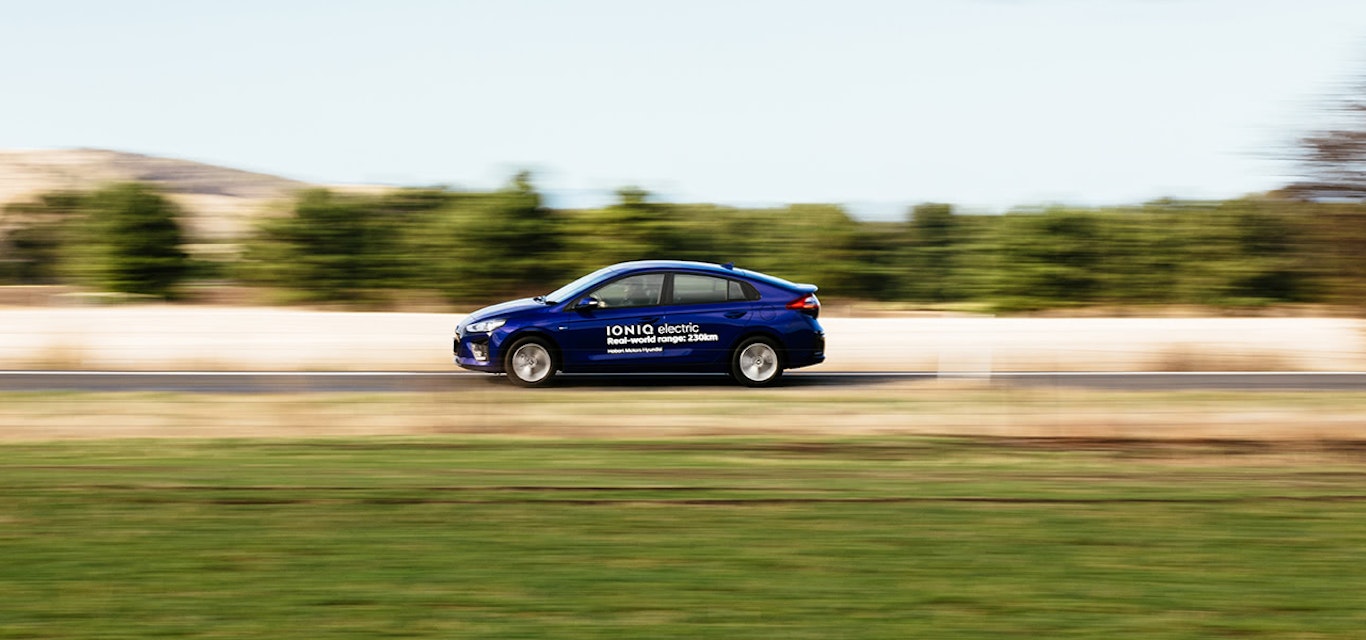Electric vehicles are on Tasmanian roads right now and they will only continue to increase in numbers over the coming years.
This is due to the environmental benefits they will provide in the future, including reductions in greenhouse gas emissions and air pollution. This is particularly true in Tasmania, where our renewable energy is used to power such vehicles.
However, we need to overcome some key obstacles first.
The barriers to BEV uptake in Tasmania include purchase price, a limited selection and range of models, a low number of public charging stations, long charging times and a lack of awareness.
We believe these roadblocks will be overcome in the not too distant future, giving more choice to you, the driver.
With that in mind, let's talk through some of the common questions and concerns related to electric vehicles.
BEVs vs PHEVs vs FCEVs
Battery electric vehicles are powered by connecting to a charging station, which provides electricity that is stored in batteries. They produce no tailpipe emissions.
However, while PHEVs use batteries to power an electric motor, they also use petrol or alternative fuel to power an internal combustion engine. These batteries can also be charged.
Fuel cell electric vehicles run through a chemical reaction between hydrogen and oxygen that releases electricity to power an electric drive-train.
How many electric vehicles are in Tasmania?
As of mid-2021, there were around 500 BEVs and PHEVs registered in Tasmania, less than 1% of the state's passenger vehicle market.
How much do they cost?
There are a number of cost-related barriers surrounding battery electric vehicles in Australia.
This includes high upfront costs associated with manufacture, specifically lithium battery production, and a lack of government support relating to lowering vehicles taxes.
In mid-2021, there were around 30 electric vehicle models on the Australian market, including BEVs and PHEVs, with most costing more than $65,000.
However, while many BEVs have a higher purchase price than traditional vehicles, their respective costs are expected to be equal by the mid-2020s. They also have much lower lifetime running costs.
What battery range do EVs have?
The range of most BEVs varies from 100km to 500km, depending on the size of the battery.
How many chargers are in Tasmania?
There are around 80 public sites available in Tasmania. Most of these sites are slow chargers at restricted locations such as private carparks or hotels, meaning they are only available to guests. As a result, the number of truly public sites is around 45-50.
However, thanks to $500,000 in Tasmanian Government grants spent during 2020 and 2021, there are now 18 fast chargers across the state, including ultra-fast sites in Launceston and Campbell Town. Several more sites are planned over the coming years. You can view Tasmania's network on the PlugShare website.
While it is expected that 90% of charging will be done at home, it's still important to have a widespread charging network.
How long does it take to recharge and how much does it cost?
This depends on the charger used and the vehicle, including charger power and battery size. For a range of chargers to top up 100km of range:
Ultra-fast chargers (350kW): 4-15 minutes
Fast chargers (50-150kW): 20-30 minutes
Slow chargers (2-22kW) 1-8 hours
It's estimated that charging costs between $4 and $25 for a full charge, depending on the power and speed of the charger, battery size, how much charge is left and electricity prices.
Other forms of low and zero emission transport include:
Electric public transport, including electric buses, trams or trackless trams, light rail or trains, ferries and boats.
Electric micro-mobility transport, such as e-bikes, e-scooters and e-skateboards, which improve transport access and congestion, while reducing a reliance on vehicles.
